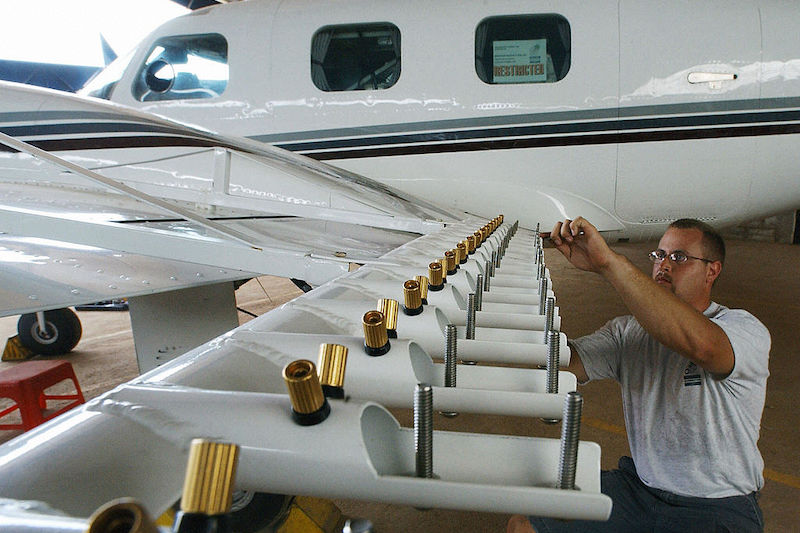Those recent heavy showers across the UAE weren’t just luck, they were planned
The National Centre of Meteorology (NCM) has been running one of the world’s most advanced cloud seeding programs, designed to boost rainfall in a country where water is a precious resource.
Cloud seeding is a way to help clouds produce more rain. Clouds are made up of tiny water droplets that sometimes need a little help to become heavy enough to fall as rain. By adding special particles like salt crystals or nanomaterials, scientists give water vapour something to cling to. This helps droplets grow bigger and heavier so they can fall to the ground as rainfall. In the UAE’s dry climate, many clouds would otherwise pass by without dropping much rain.
How the UAE does it
The NCM keeps constant watch on the skies using radars, satellites, ground stations, and even 26 live camera feeds across the country.
When their meteorologists spot a promising cloud, a specially equipped aircraft is sent up. The pilots fly directly into the cloud and release hygroscopic flares which are long sticks attached to the wings containing a mix of salt crystals, magnesium, sodium chloride, and potassium chloride. These absorb moisture, speeding up the droplet-forming process.
During a typical three hour cloud seeding flight, the aircraft releases and burns up to 48 special flares inside several clouds

Other methods the UAE uses to make it rain
-
Ground-based generators (GBGs): tall towers placed in mountainous areas that release seeding materials into low-lying clouds.
-
Nanomaterials: a high-tech powder developed through the UAE Research Programme for Rain Enhancement Science. It’s up to three times more effective than traditional flares.
-
Electric charging experiments: sending an electrical charge into clouds to encourage rain formation.
-
AI-powered targeting: artificial Intelligence systems that can analyse cloud data in real-time to decide the best moment for seeding.
How effective is cloud seeding
The UAE’s cloud seeding programme aims to increase rainfall by 10% to 25%, a big deal in one of the driest regions on Earth. Since the start of 2025, the NCM has already carried out 172 cloud seeding flights, making the most of every rain producing cloud that passes over the country.
Why it matters
Last winter the UAE saw lower than average rainfall. With growing water demands and a changing climate, the programme isn’t just about making it rain for cooler weather, it’s part of the country’s long-term water security strategy.
So next time you’re driving through a downpour in the middle of the desert, you’ll know how it was formed.
Images: What’s On Archive
> Sign up for FREE to get exclusive updates that you are interested in

